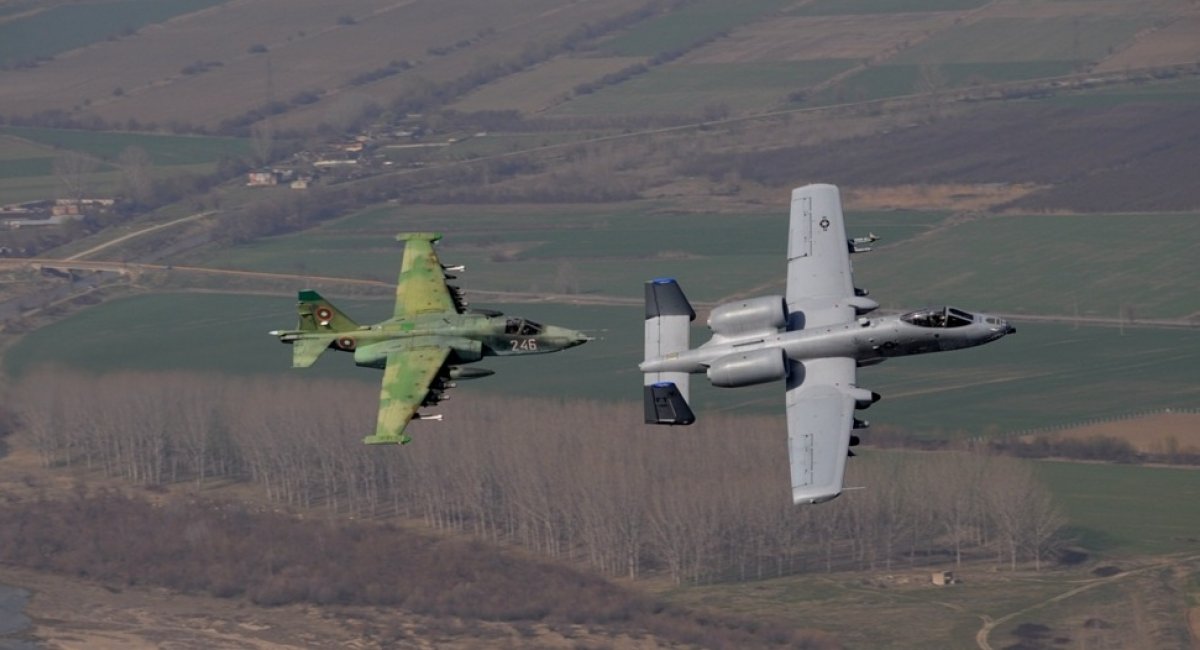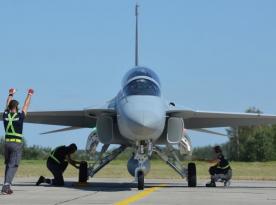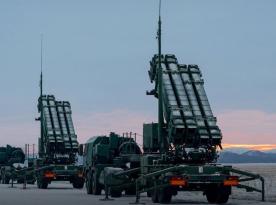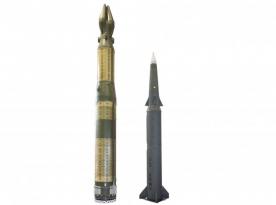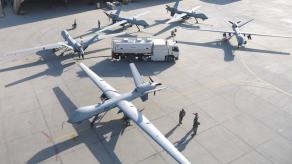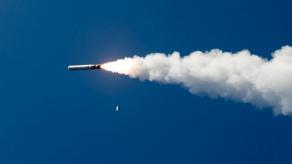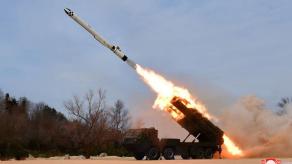Close air support jets are very specific in their objectives, designed to conduct assault operations at the frontline and support the ground forces. For this reason, the aircraft itself must be armored enough with a powerful arsenal of weapons. Due to the narrow specialization, there are only two aircraft in the world that were created for this purpose from the very beginning: the Soviet Su-25, modernized versions are in service with the Ukrainian army, and the US Army A-10 Thunderbolt II.
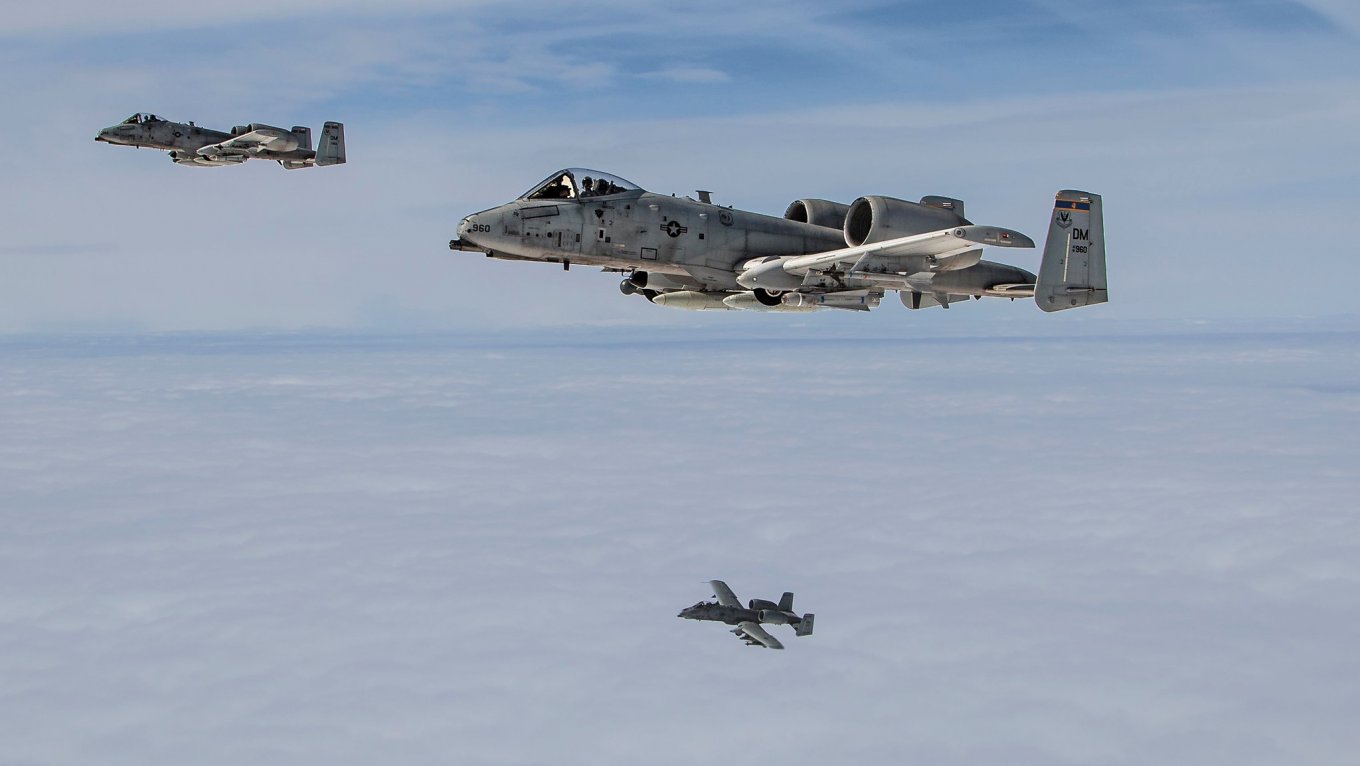
A few days ago Major General David Baldwin said to POLITICO about his thoughts on aerial military aid for Ukraine: “MiGs are the best immediate solution to support the Ukrainians, but U.S. or western fighters are options that should be explored as soon as possible”.
Read more: Ukraine’s National Guard Air Defense Units Destroy 6 russia’s Su-25 Aircraft, 8 Helicopters Since Invasion Started
Talking about the most widely applied type of aircraft on the battlefield, that is the Su-25 air support jet. Its closest counterpart is the A-10 Thunderbolt II, as “thanks to prior military exchange programs, Ukraine already has a small number of pilots trained to fly the A-10,” Philip Breedlove and Kurt Volker stated in the article published by the Center for European Policy Analysis. Therefore, Defense Express assumes that this kind of jet may possibly be handed over to Ukraine in the future.
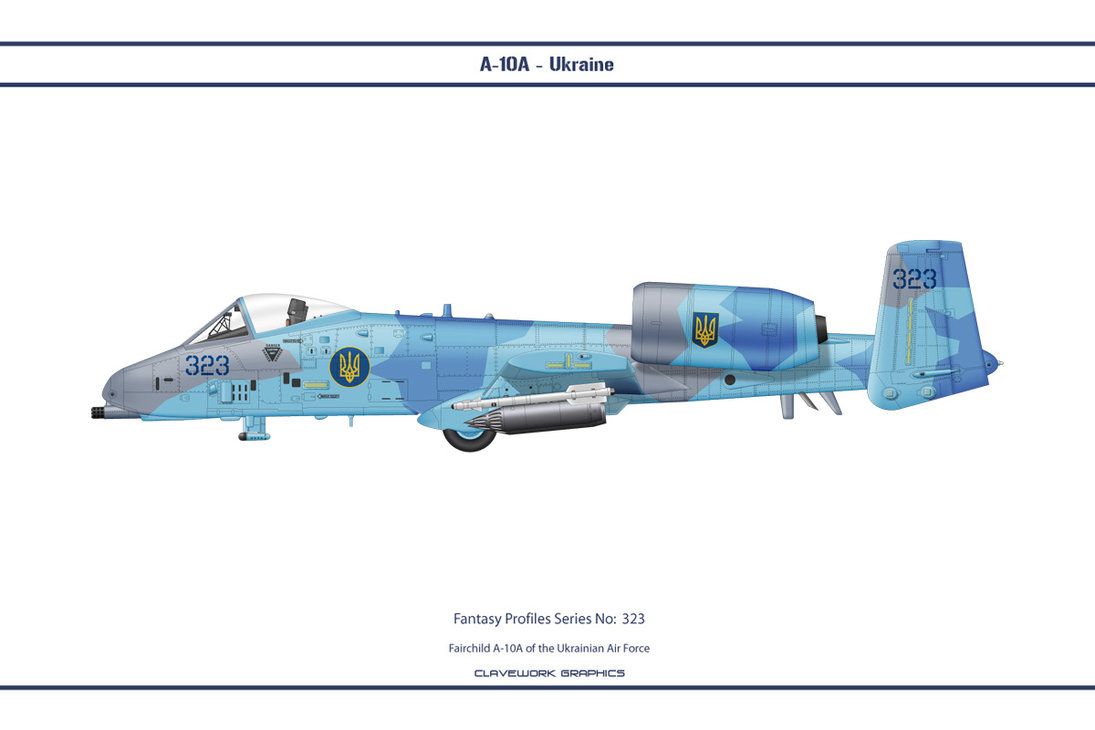
So, let’s remind what these aircraft are capable of.
The A-10’s main objective is penetrating air defense, destroying enemy armor and returning to base. It shows this purpose in its heavy armor plating, unusually-located engines (engines are shielded by the horizontal stabilizer from ground fire), and of course the massive cannon that the aircraft is literally built around.
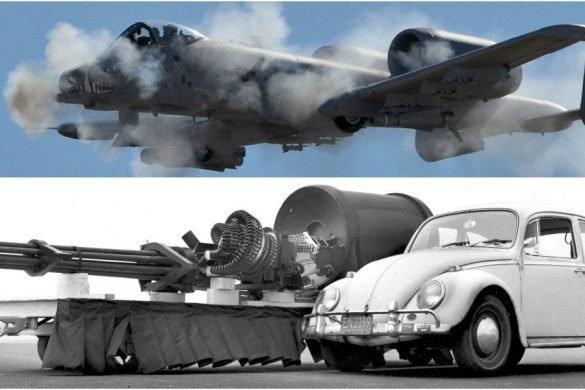
The Su-25, although it’s also air-support attack aircraft, is a more general-purpose attacker. It does not have heavy armor and its engines are in a more usual (and vulnerable) location, it doesn't have any active defenses except against laser-guided weaponry, instead of relying on a considerably higher cruise speed, ground cover, and maneuverability to escape intact.
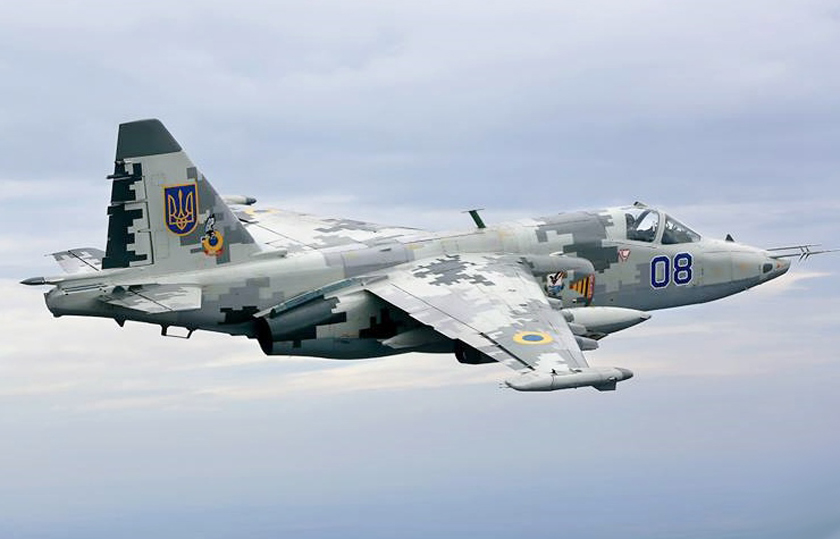
Numbers:
Due to the smaller size and weight, the Su-25 carries less weaponry(4000 vs 7250 kg).
Even though the Su-25 is faster (950 vs 706 km/h), its operational radius is twice as small (495 vs 1030 km), which can be increased only if loaded with external fuel and less load of weapons. However, the Su-25 requires half as much take-off distance (600 vs. 1200 m) and the runway for the Su-25 can also be unpaved. Moreover, it can also operate from a carrier (the A-10 cannot).
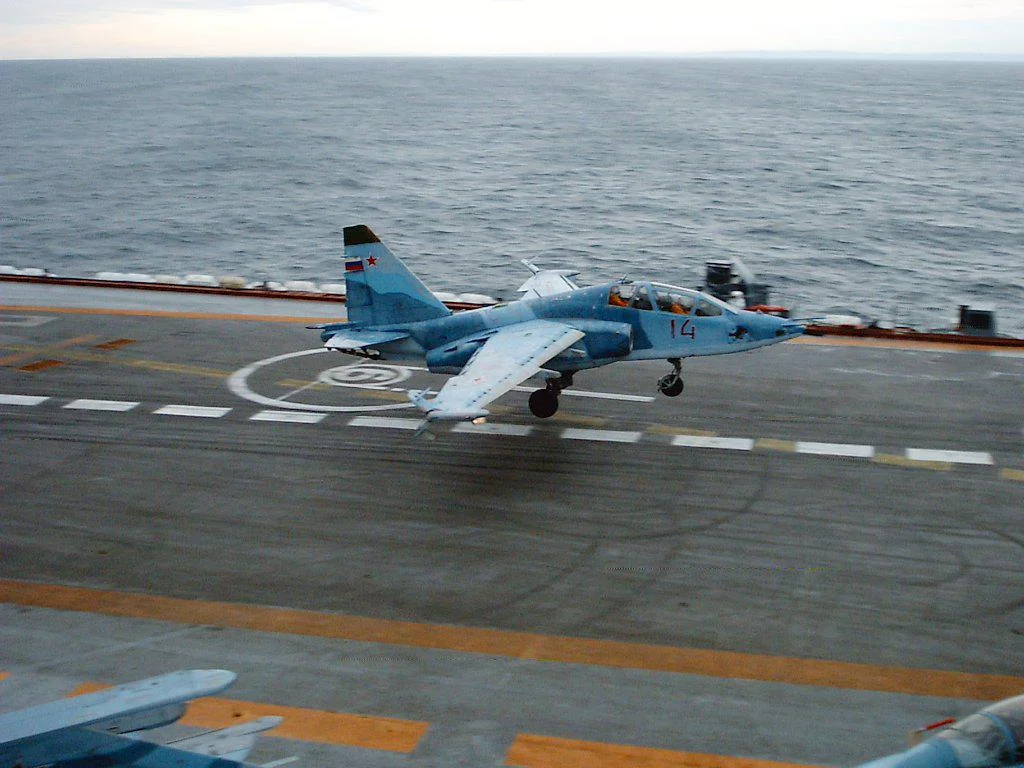
To sum it up: Su-25 is lightly armored compared to the A-10 but this is justified by the different approaches taken by the designers. Su-25 was supposed to be agile and thus a difficult target to hit instead of being heavy and durable like the A-10.
Survivability:
The A-10 is slightly more survivable in case of serious damage, given that its engines are covered by the horizontal stabilizer from ground fire and it’s capable of flying higher than its counterpart.
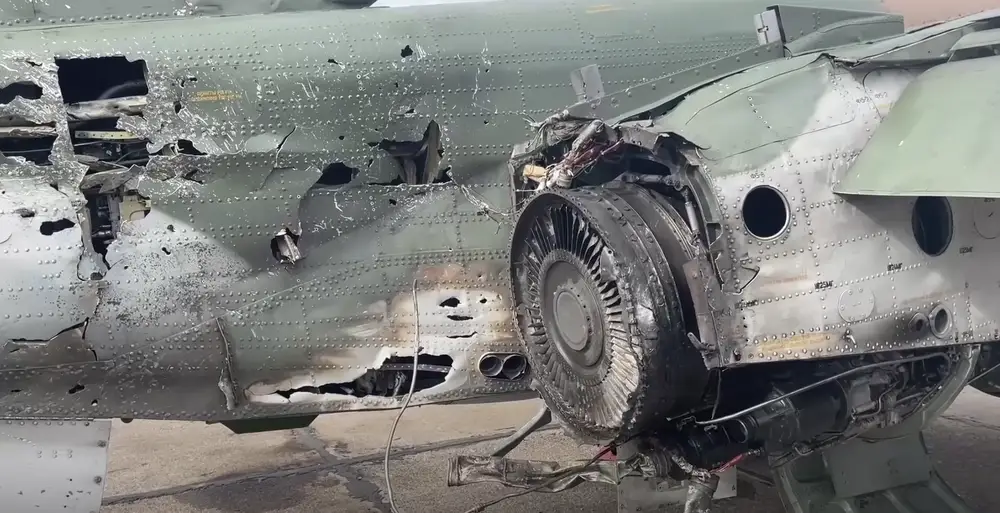
According to the open sources, there’re comparable deployment losses of these aircraft, considering wars in Afghanistan and Syria:
Afghanistan: ~22 Russian Su-25’s shot down by Mujaheddin (8 year deployment). No A-10’s shot down by Al Qaeda (18 years of deployment in the region).
Syria: 1 Russian Su-25 shot down by ISIL group with MANPAD system (3+ years in region). No A-10’s shot down by ISIL (4+ years fighting ISIL in the region).
Taking into account all these facts, the A-10 can't be better appliable to the conditions of the war in Ukraine, as there haven't been any dogfights and today's Su-25 missions consist of low-altitude flight with a high risk of being shot down with MANPADS.
Read more: Ukraine Got Up More Combat Aircraft "Diassembled" From Allies – Media




